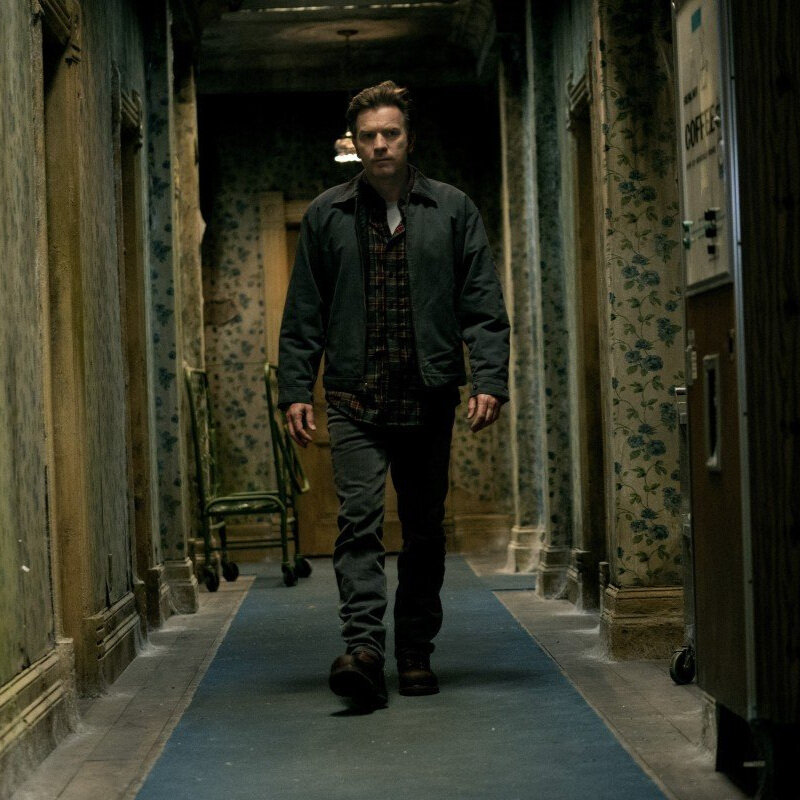Roberto Benigni’s Life is Beautiful—the recipient of three Academy Awards—was, and remains to this day, a contentious piece. The 1997 film follows Guido (Benigni), a father who shields his son from the horrors of Auschwitz by pretending that their detention is an elaborate game. Among the film’s most famous detractors was Mel Brooks, who had thirty years earlier directed The Producers—a film which itself satirised Adolf Hitler.
Brooks said in a Der Spiegel interview: ‘Americans were incredibly thrilled to discover from [Benigni] it wasn’t all that bad in the concentration camps after all. And that’s why they immediately pressed an Oscar into his hand.’
Benigni, a gentile, could not understand that in Auschwitz, tenderness and humanity were non-existent. There was no refuge, no pretence to hide behind. The idea of hope existing within the walls of a concentration camp was seen by Benigni’s detractors as a misunderstanding of the mechanics of the Holocaust; a fabrication. Elie Wiesel wrote in Night, ‘We were incapable of thinking. Our senses were numbed, everything was fading into a fog. We no longer clung to anything. The instincts of self-preservation, of self-defense, of pride, had all deserted us.’
The Holocaust is the most visceral manifestation of the Nazi state of exception—and existed within its own walled world. Auschwitz had its own traffic court for military vehicles which ran red lights within the camp. But even outside, far away, Nazi society was defined at every level by these camps.
Taika Waititi’s Jojo Rabbit takes place outside and far away—an idyllic German town, ancillary to the horrors of the Holocaust. Denizens are investigated by the SS and instructed to report their suspicions to authorities. Everything exists in service of exterminating those who cannot be integrated into Nazi society, but distance is largely maintained from the extermination itself. The exception is some gruesome public hangings in the town square.
It’s funny—where Life is Beautiful took flack for its proximity to the site of extermination, Jojo Rabbit has been decried as too soft, whimsical and distant from such traumas. While it would be remiss of an anti-facist film to adhere to a rulebook of how-not-to-do-things, let’s humour the detractors for a moment. Nazis in the film seem incapable of committing a genocide. They’re incompetent, mesmerised, vulnerable; the town itself beautifully decorated, warmly lensed. But Jojo Rabbit provides a reason for this in its titular character.
Jojo is a ten-year-old boy who dreams of meeting Hitler—one who keeps a spot unoccupied as his best friend for Hitler to eventually fill—and is given fatherly advice by an imaginary version of the dictator. He is a vessel, full to the brim of Nazi ideology, and in bitter conflict with his own good nature. Jojo is our eyes, our navigator through this world of confusion.
The simplicity of childhood is easily exploited. A canny parallel is drawn early on between Hitlerian fanaticism and Beatlemania, as Jojo meets the day intoxicated with excitement to serve his cool Führer. Nazi propaganda is accompanied by The Beatles’ own German recording of ‘I Wanna Hold Your Hand’, ‘Komm Gib Mir Deine Hand’. Jojo and his friends are filled with joy at the prospect of murdering Jews—the bogeymen of their ghost stories. Detractors have described these scenes as flippant or cutesy, but they are in fact incredibly effective and sinister.
Jojo has been seduced by propaganda and chest-thumping ideology past the point of critical analysis. He is treated with nothing but cruelty and judgement by the aforementioned peers—but he still chooses them over a mother who grants him love and acceptance. Her sympathies lie with the victims of the Nazi regime; she sees no glory in war, but pointless violence and death. The character—the heart of the film—is beautifully played by Scarlett Johansson, in a turn which recalls the effortless glamour of Golden Age movie stars.
Jojo and his mother’s political dinner-table spats resemble something altogether more contemporary, in a world where algorithms funnel us into sinkholes of our worst, most fearful impulses. Righteousness feels good, and confusion is frightening. But a generalised sense of moral absolutism has never led to anything worthwhile.
Jojo’s absolutism is tested when he meets a Jew for the first time in Elsa (a wonderful Thomasin McKenzie). A slow erosion of Jojo’s Nazism soon begins. The film reflects this by disintegrating, disrupting, and demolishing its setting in the final act; the facade of Bavarian beauty crumbling to reveal the bloodshed supporting it. To say any more would be to reveal too much of this film’s conceit. Suffice to say, it’s probably going where you think it is.
If Jojo Rabbit seems unconcerned with the nitty-gritty of World War Two’s cruelties—well, that’s because it’s not about them. It’s a coming-of-age story, as Jojo realises the world isn’t as cut-and-dry as he thought. Adulthood is an opening, a broadening of things. A realisation that both fear and love can be misplaced, even when they feel overwhelmingly strong. One heartbreaking moment in Jojo Rabbit underlines this, to remind us of what we truly cannot live without. You’ll know it when you get to it.
Words by Andrew O’Keefe










